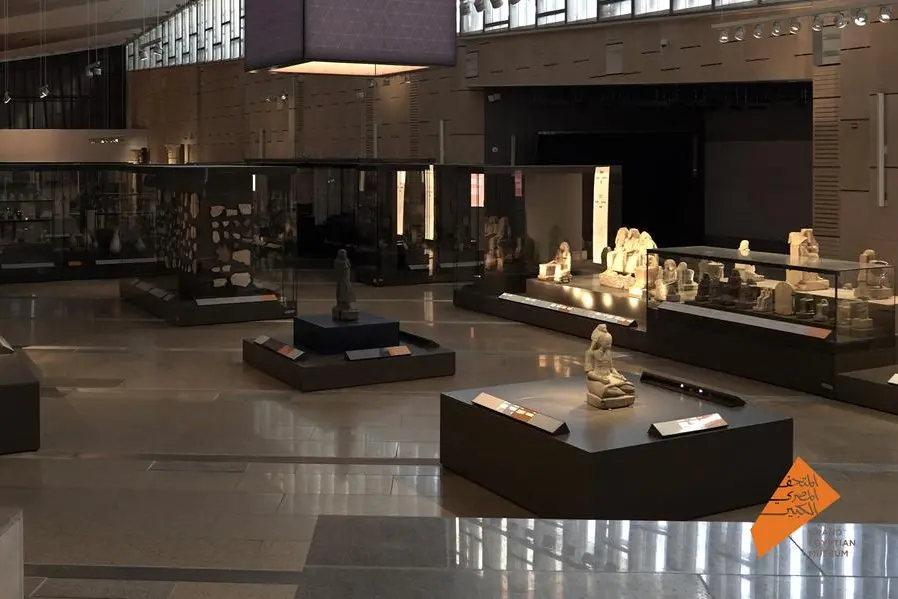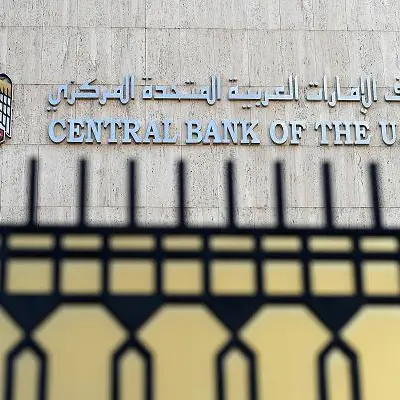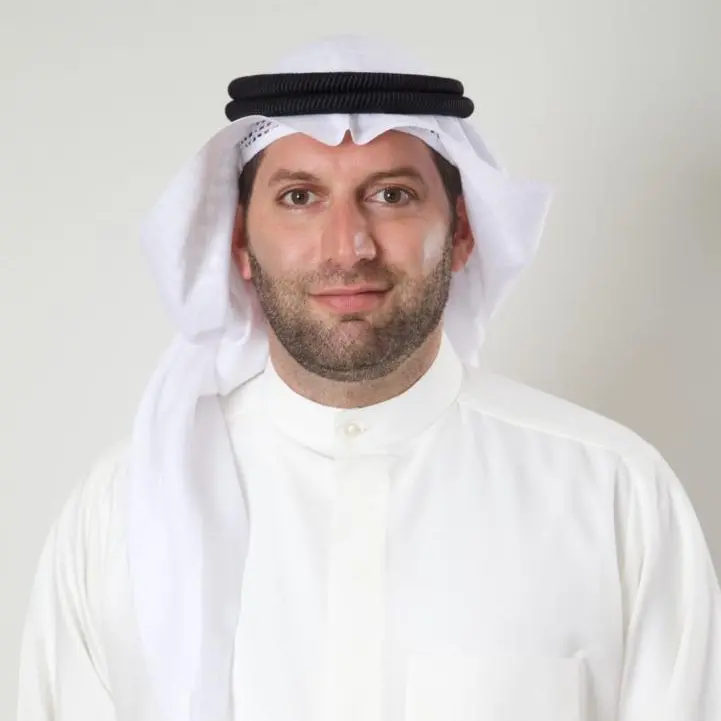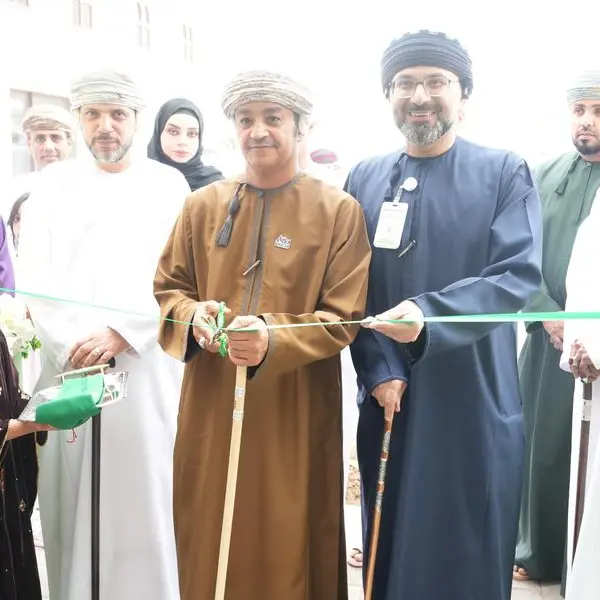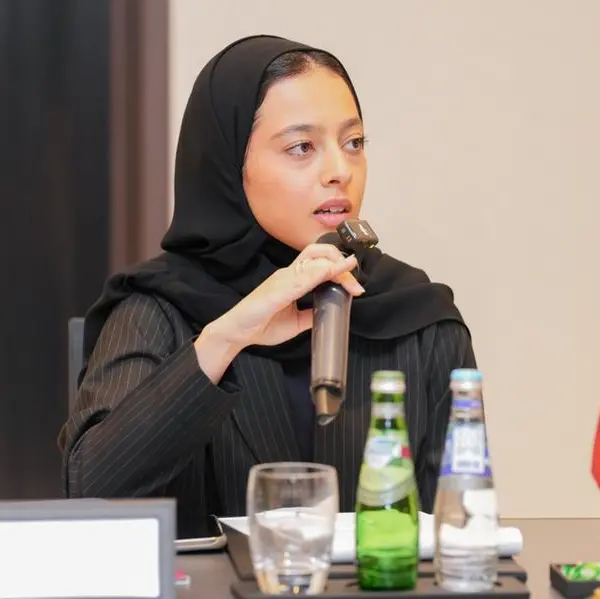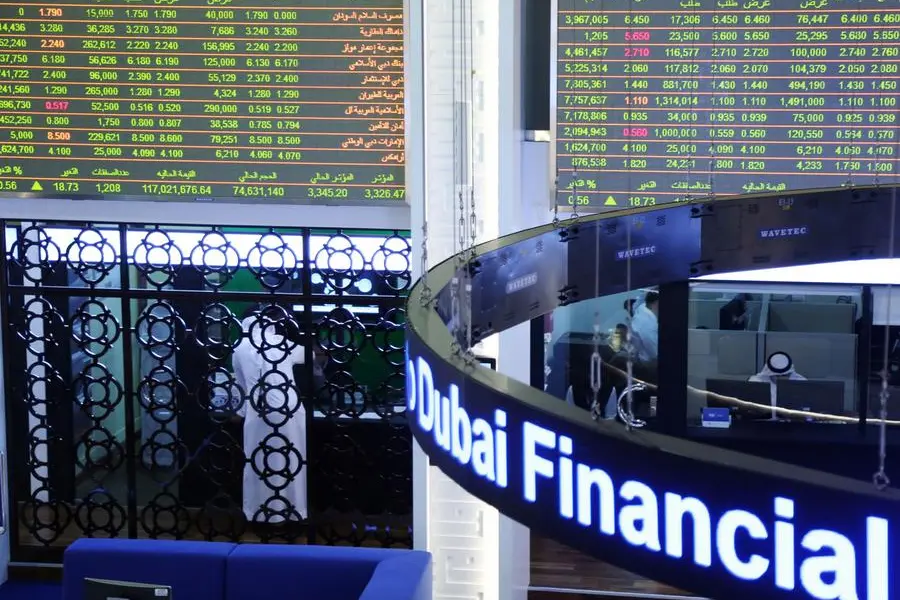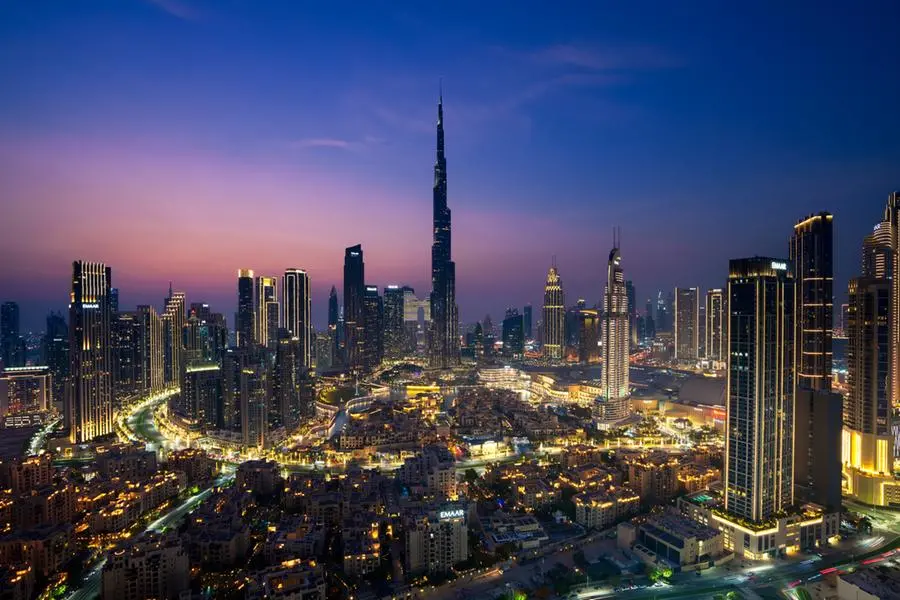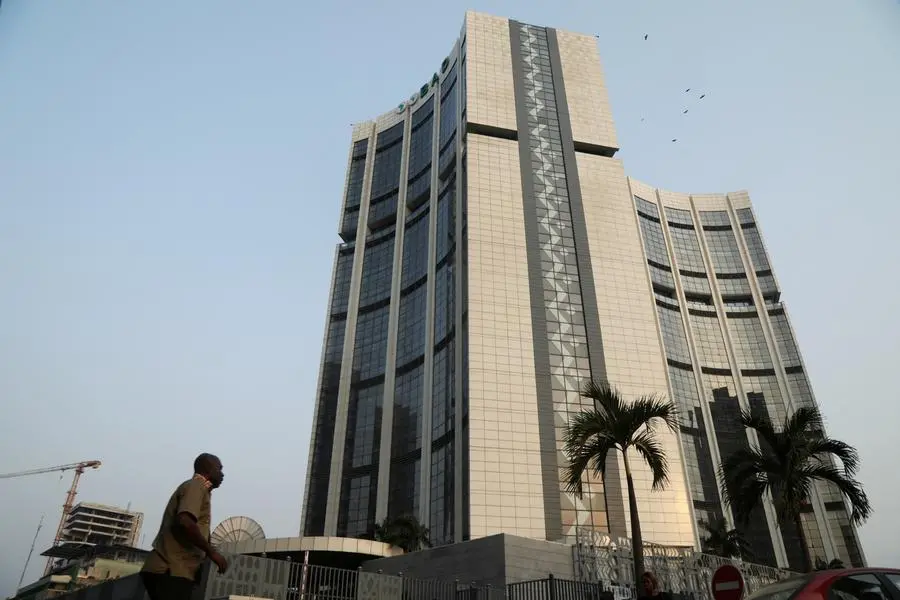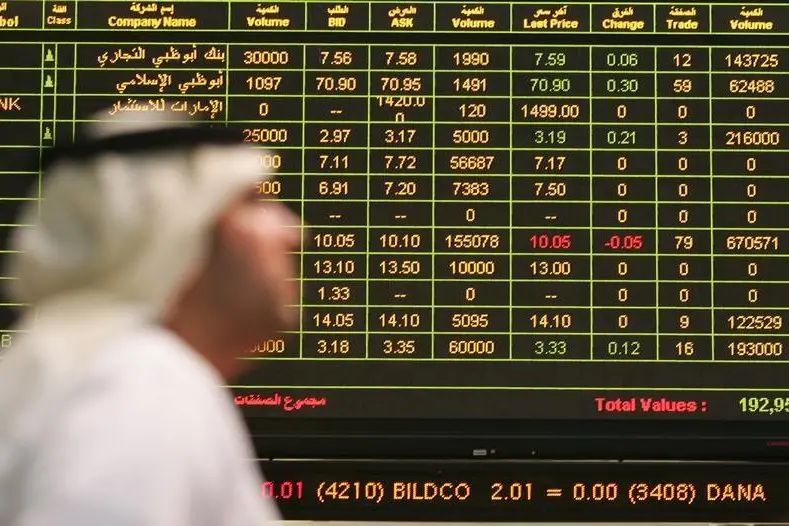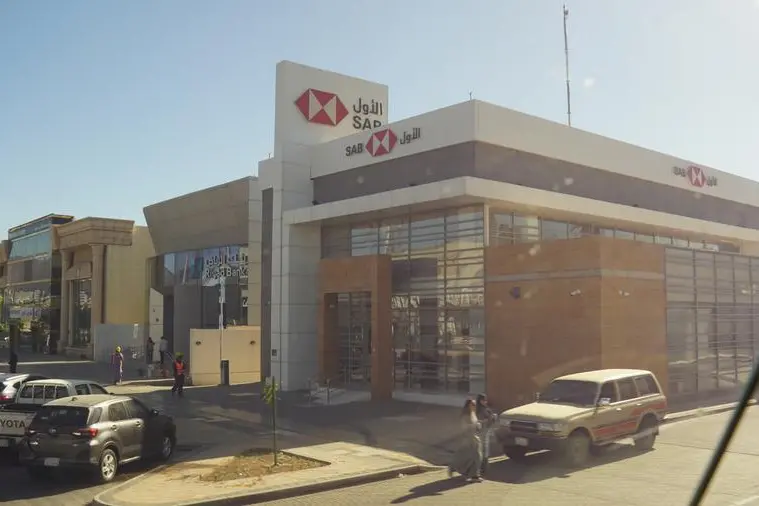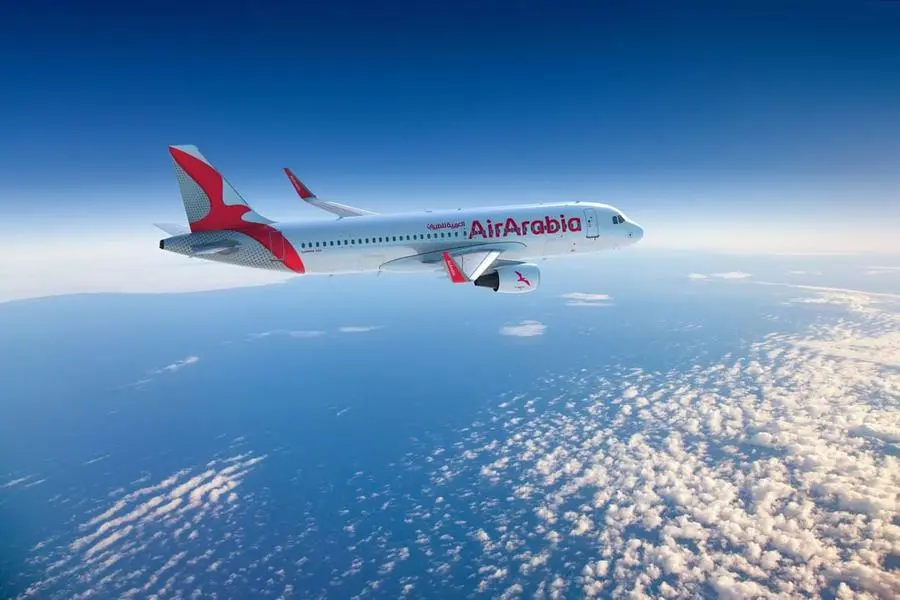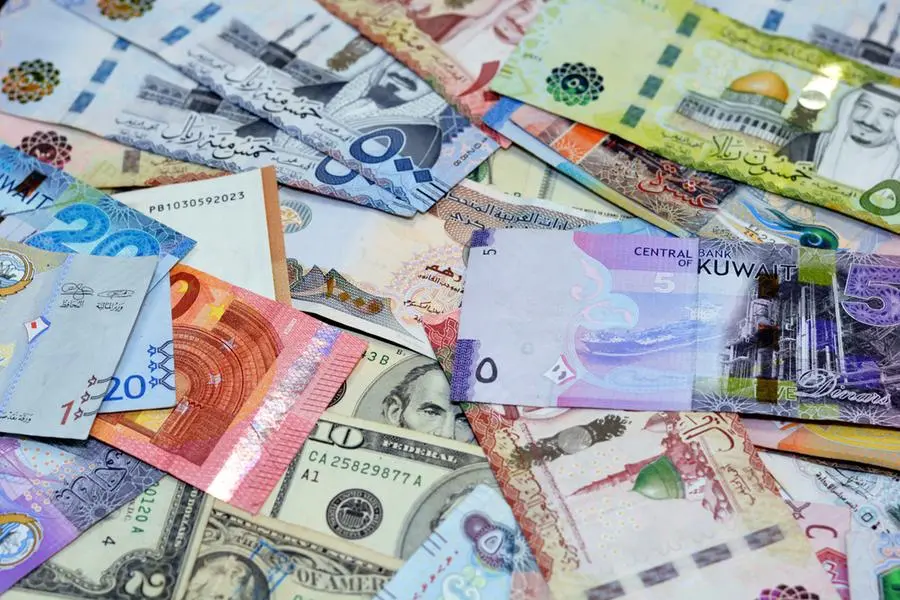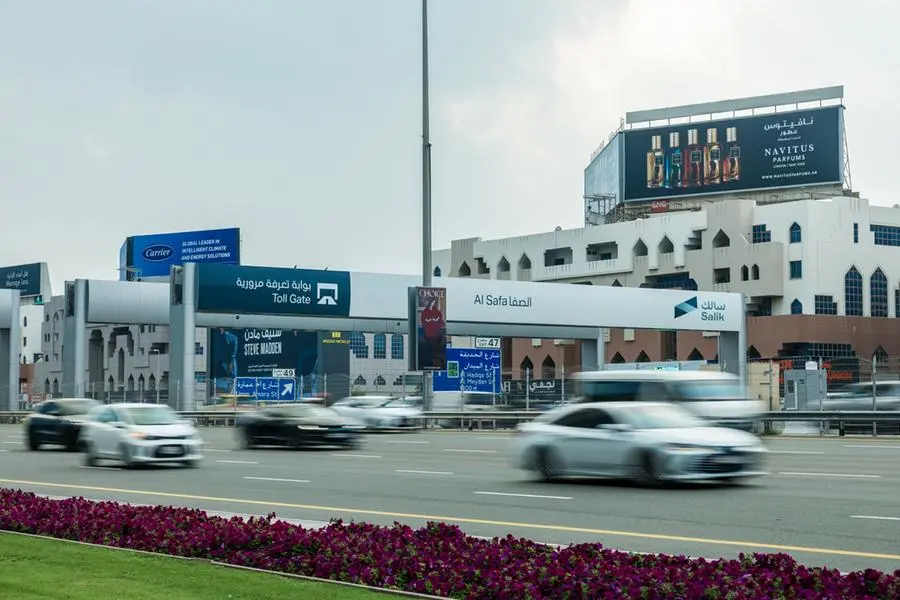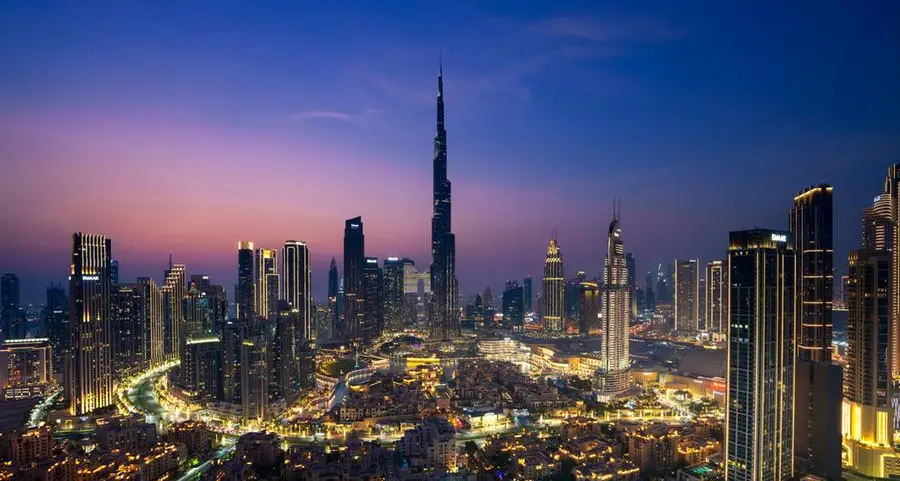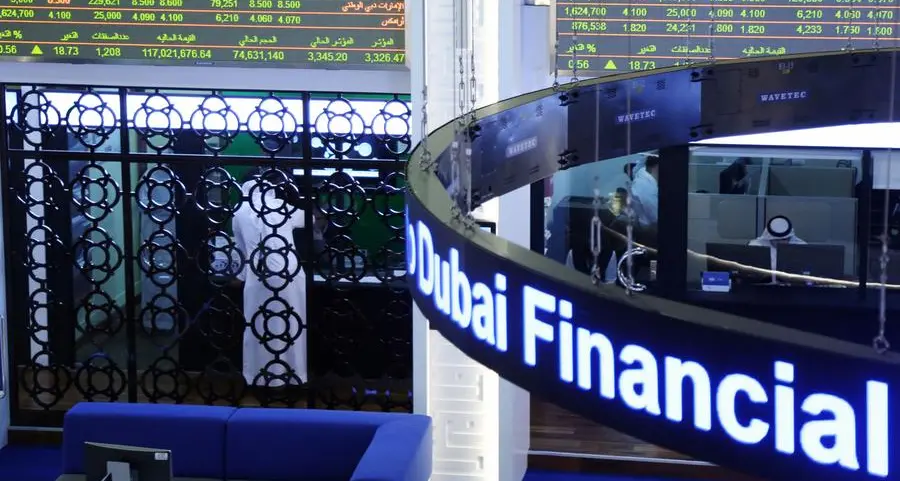PHOTO
A view of one of the 12 main galleries at the Grand Egyptian Museum, showcasing key artifacts from ancient Egypt. Image Courtesy: Grand Egyptian Museum
Cairo, Egypt: The Grand Egyptian Museum Authority is excited to announce trial operations of its Main Galleries, starting from October 16th, 2024, offering visitors an exclusive preview of twelve meticulously curated exhibition halls. This trial phase is part of the museum's ongoing efforts to ensure a seamless visitor experience ahead of its highly anticipated official opening.
The Grand Egyptian Museum’s (GEM) Main Galleries take guests on an extraordinary journey through millennia of history, spanning from prehistoric times (700,000 BC) to the Roman era (circa 394 AD). Visitors will encounter a rich array of artifacts, presented within three interconnected themes—Kingship, Society, and Beliefs—revealing how these elements shaped the dynamic relationship between ancient Egyptian kings, their subjects, and the gods.
The collection in the Main Galleries can be appreciated both as individual masterpieces and as part of a broader historical narrative, offering an unparalleled exploration of Egypt’s rich heritage. Guests can choose to experience the galleries chronologically, by focusing on specific themes, or by combining both approaches to create personalized journeys. This offers a unique opportunity to witness the development of Egyptian culture from its earliest roots to its complex, vibrant civilization.
In addition to the Main Galleries, visitors can continue to enjoy the museum's accessible spaces, including the Children’s Museum, outdoor gardens, and the GEM’s commercial area that includes restaurants, cafes, and shops showcasing leading Egyptian brands. The iconic Hanging Obelisk greets guests at the museum entrance, while inside, the majestic Grand Hall houses the colossal statue of King Ramesses II, the Victory Column of King Merneptah, and the statues of a Ptolemaic king and queen—treasures that vividly connect Egypt’s past with the present.
The Grand Staircase adds to the museum’s grandeur, featuring over 60 impressive royal statues, stelae, columns, and sarcophagi, further enhancing the immersive experience as visitors ascend through ancient Egypt’s legacy.
It is important to note that the Tutankhamun Galleries will remain completely closed until the museum’s official opening.
This phase marks another step forward for the GEM, which is still in its trial operations phase, following the successful soft openings of select areas, including private tours and events since November 2022. The museum will continue to refine its services ahead of the official opening.
For details on the trial opening of the Main Galleries and reservations, please visit www.visit-gem.com.
Follow the Grand Egyptian Museum on social media:
Facebook: @GrandEgyptianMuseum @GEMexperience
Instagram: @grandegyptianmuseum @gem.experience
#grandegyptianmuseum
About the Grand Egyptian Museum
The Grand Egyptian Museum is a scientific, cultural, and educational institution that is keen to preserve the ancient Egyptian heritage and civilization, and promote scientific research for the sake of humanity, by providing a unique and accessible integrated tourism experience for its visitors based on modern technological means of display. The museum is one of the most important and greatest achievements of modern Egypt, as the largest museum in the world that tells the story of the ancient Egyptian civilization history. It consists of a large number of distinctive and unique artifacts, including the treasures of the golden king Tutankhamun, which are displayed for the first time in full since the discovery of his tomb in November 1922, the collection of Queen Hetepheres, mother of King Khufu (Cheops) who commissioned the construction of the Great Pyramid in Giza, the Museum of King Khufu's boats, in addition to various archaeological holdings from the predynastic era to the Greek and Roman eras.
Recognizing the importance of public-private partnerships, the Egyptian government has entrusted Legacy for Management and Development, a subsidiary of Hassan Allam Holding, one of the largest companies in Egypt and the Middle East and North Africa, with the rights to manage and operate the services and facilities of the Grand Egyptian Museum.
